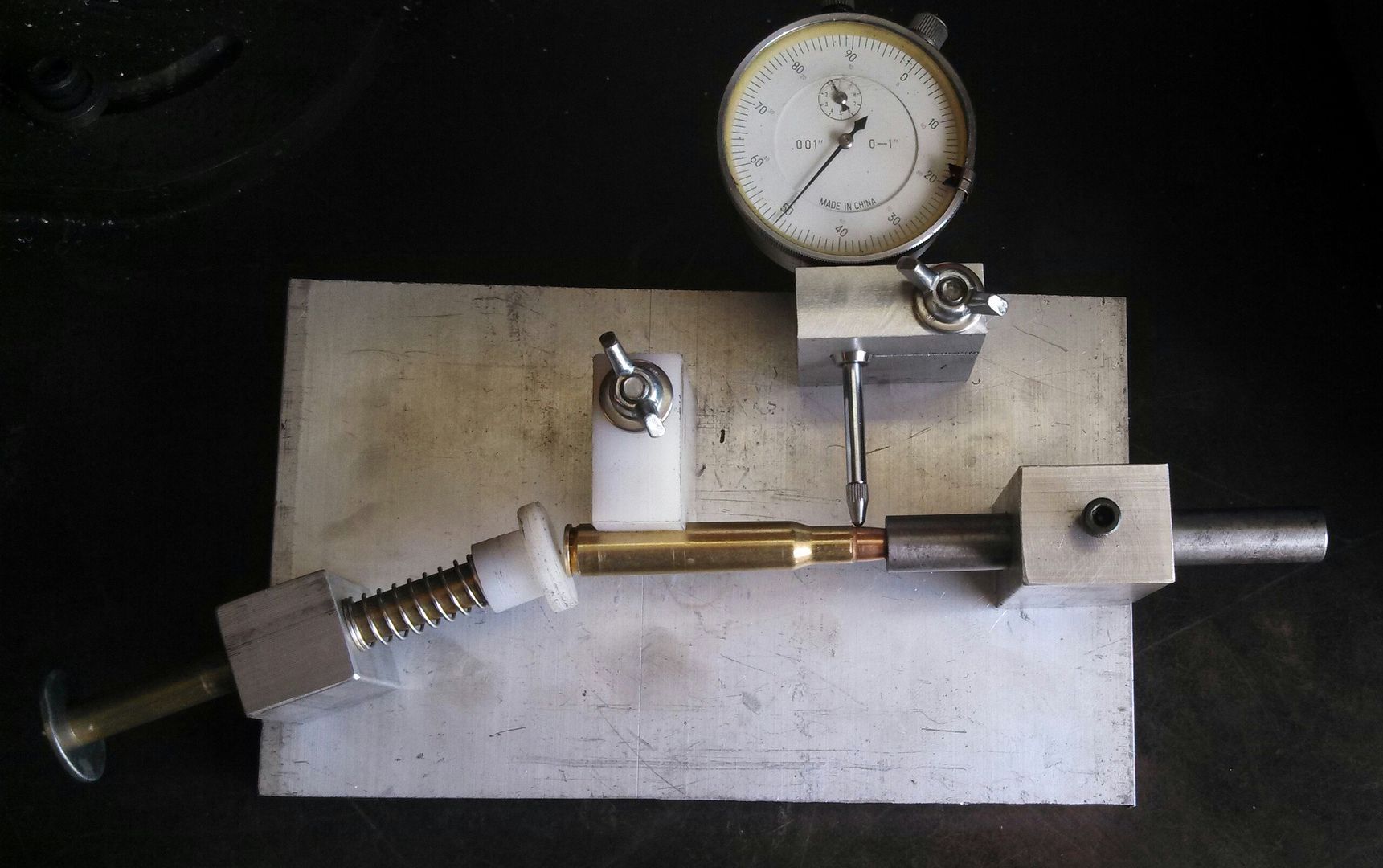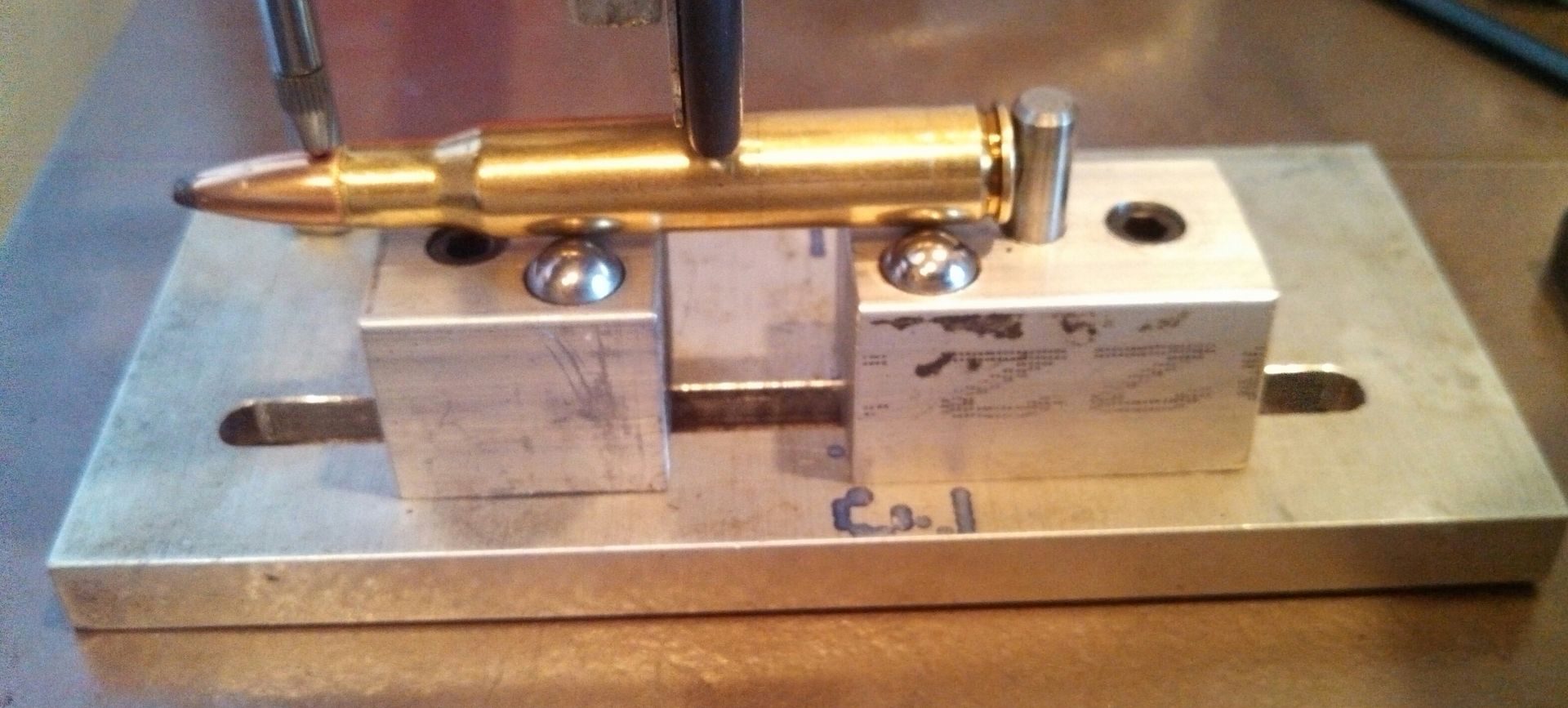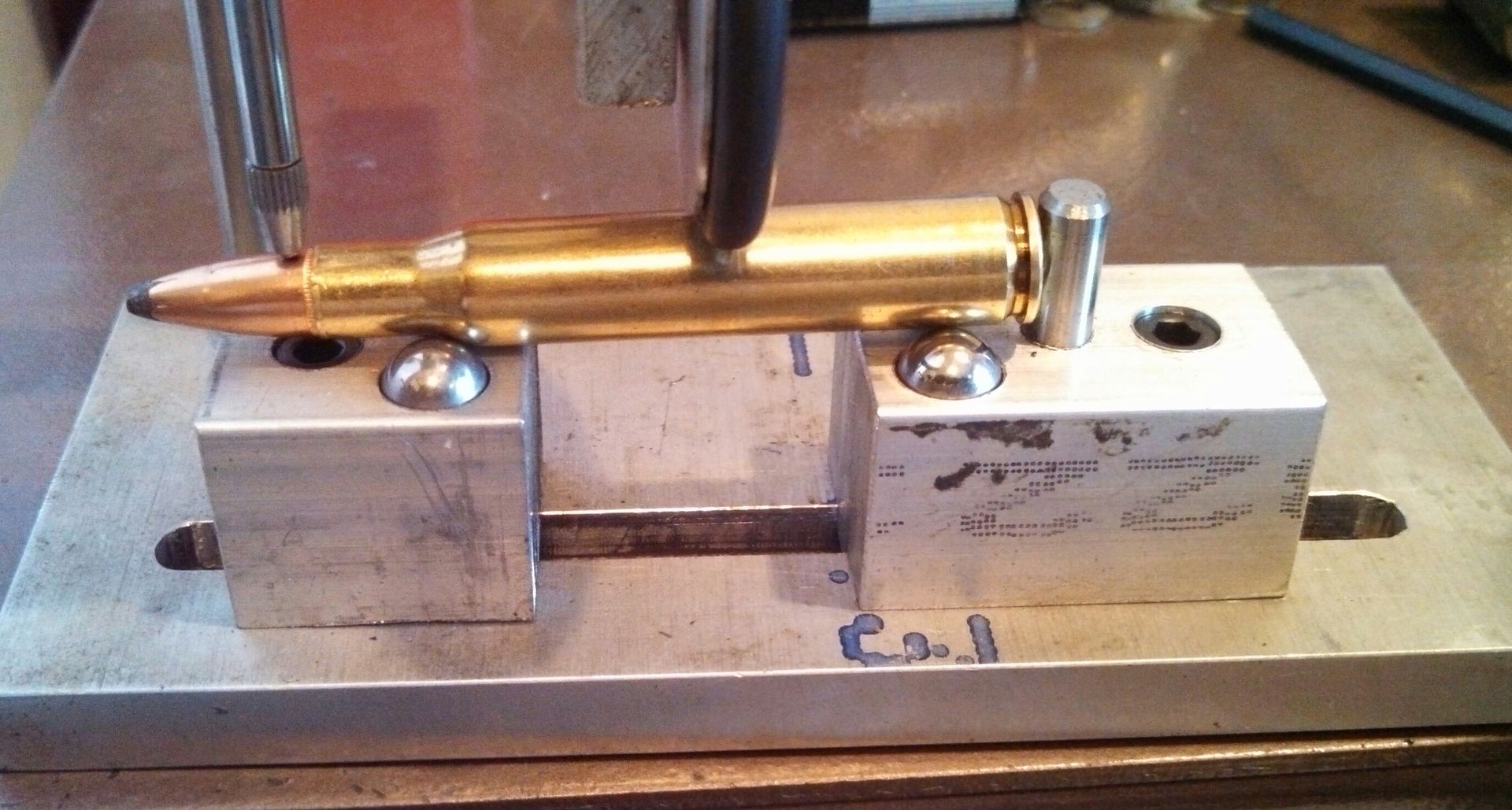I’ve noticed some issues with my reloads when the bullet is not quite concentric
Inside of the brass case. If I roll the cartridge across the table I can see movement in the bullet tip. Anyone have any tips on how to improve this?
I don’t know why I put this in the picture section

|
   
   
|


|



 Reply With Quote
Reply With Quote




















